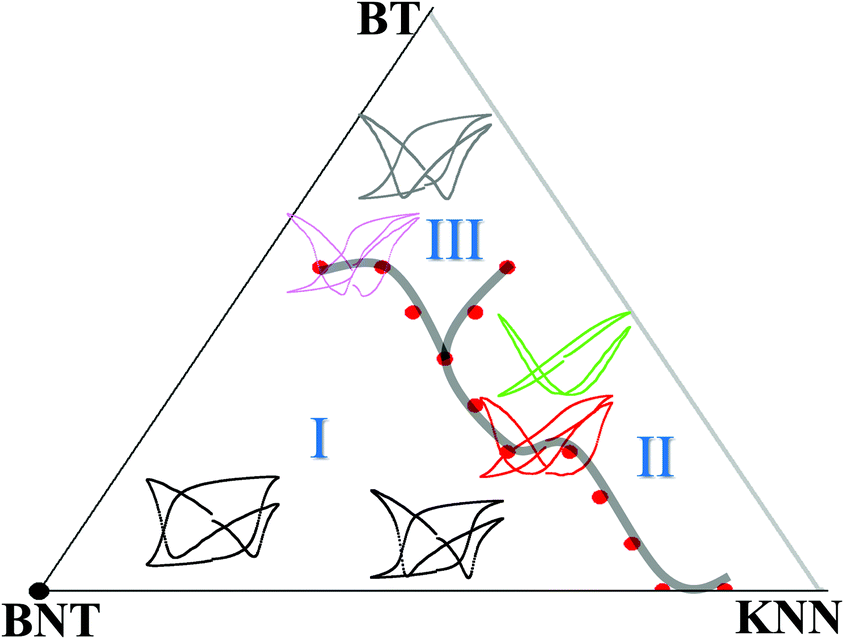
The Rohs Concept (Restriction of the Use of Certain Hazardous Substances) Singe 2006, Requires that Many Electrical and Electronic Equipment Must no Longer Contain A Concentration by Atomic Weight of More than 0.1% of Pb, Me, Cr (Hexavalent) etc., Becaus of their Danger to the surroundings.
International Codex, in Partnership with the Uphf in Valenciennes, is developing a range of lead-free piezoelectric Targets: BNT-BT, KNN, NBT, etc., with comparable performance or even superi to pzt targets.
The Objective is to develop Reliable Process for Manufacturing Marketable Ceramic Targets of NBT, NBT-BT and KNN, with a relative density> 90%, with controlled stoichiometry and while avoiding the volatility of alkalis.
Discover